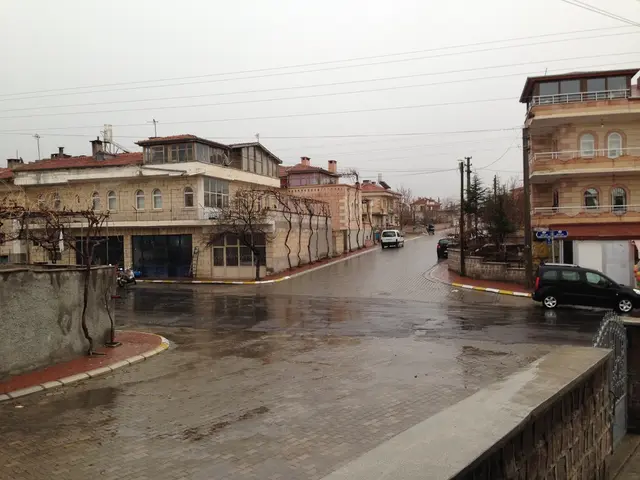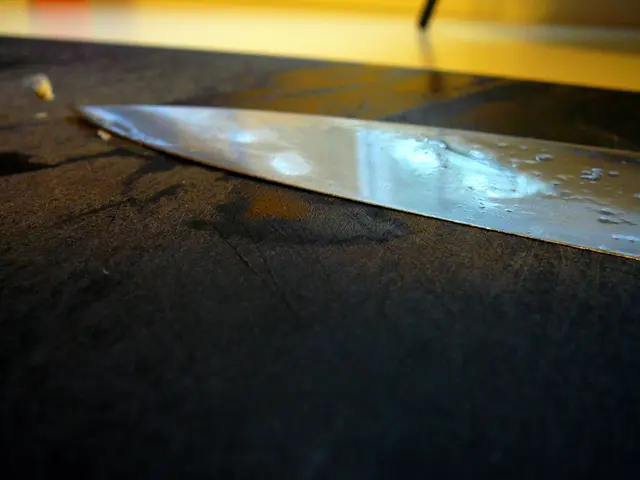Roman camp dating back nearly 2,000 years discovered by archaeologists in the Netherlands, lying beyond the boundary of the Roman Empire.
In a groundbreaking discovery, researchers from Utrecht University unearthed a Roman military camp at Hoog Buurlo, located in the Veluwe, Netherlands. This find, made as part of the "Constructing the Limes" project, sheds new light on the Roman Empire's influence beyond its recognised borders.
The camp, spanning 22 acres, dates back to the second century CE and appears to have been a temporary marching camp used as a rest stop or staging area during Roman military campaigns. Its typical defensive earthworks and "playing card-shaped" layout reflect Roman military logistics and operational strategies.
The discovery, enabled by lidar technology and predictive computer modeling, is only the fourth such temporary camp found in the Netherlands, highlighting its rarity and research value. Historian Saskia Stevens emphasises that finding the camp beyond the Lower Germanic Limes reveals the Romans did not view the frontier as the absolute limit of their military reach.
The fort's strategic location near the territories of indigenous tribes, such as the Frisii and the Chamavi, suggests that the Romans were seeking to exert influence over trade routes and secure access to valuable goods from local populations. Some Frisians even served in the Roman army, including as members of the emperor's bodyguard during Nero's reign.
The site offers a window into the complex relationships between the Romans and the indigenous tribes of the northern frontier. Only a few artifacts were discovered, including a fragment of Roman military armor, due to the temporary nature of the camp. However, the fort provides crucial insights into the Roman military's operational practices beyond the official boundaries of the empire.
The findings at Hoog Buurlo raise questions about the true extent of Roman military activity beyond the empire's recognised borders. The discovery challenges previous assumptions that the Limes represented a firm imperial boundary and shows that Roman forces were active and mobile in territories outside formal empire borders. This site enriches understanding of how the Romans used and controlled border regions and aids in reconstructing troop movements and military logistics in northern Europe.
The computer model that led to the discovery was developed by Jens Goeree, an archaeology student at Saxion University of Applied Sciences. The ongoing research is part of broader efforts to rethink the nature of the Lower Germanic Limes and Roman presence in the region. The Roman Empire's reach may have extended farther north than previously thought, challenging assumptions about the Roman Empire's territorial limits.
The groundbreaking discovery of the Roman military camp at Hoog Buurlo led by Jens Goeree, an archaeology student, was facilitated by lidar technology and predictive computer modeling – two advanced tools rooted in the field of science and technology. This finding has catalyzed discussion about the Roman Empire's influence, as it reveals that the Romans did not restrict their military presence solely within the recognized borders but instead extended their reach in areas shaped by technology and strategic logistics.




